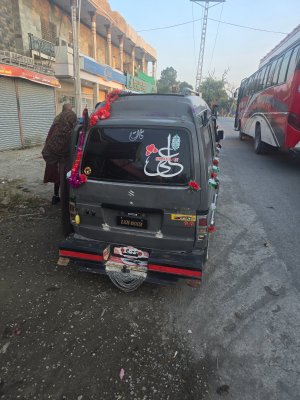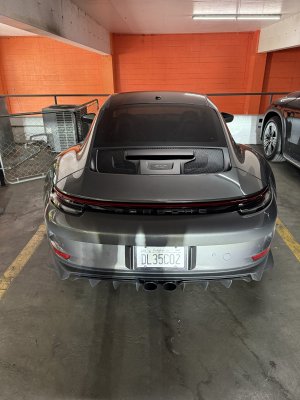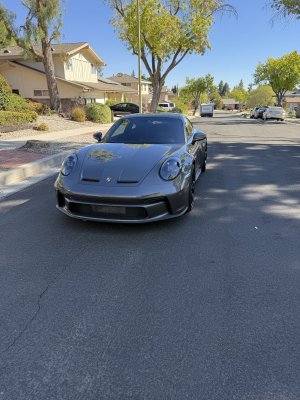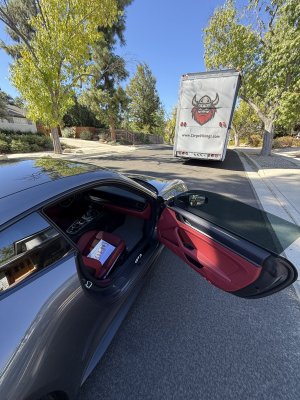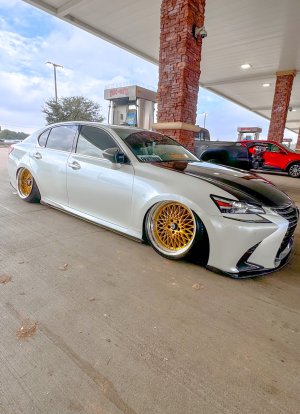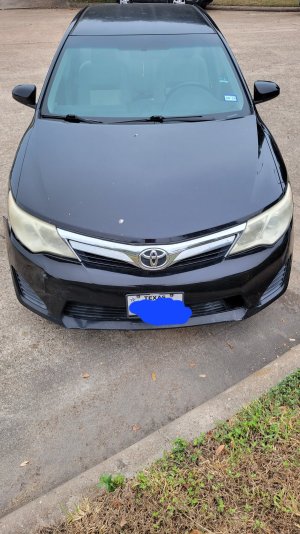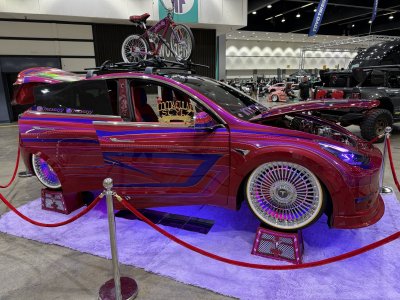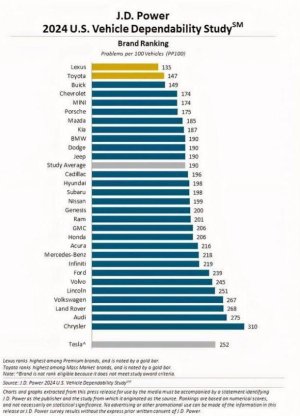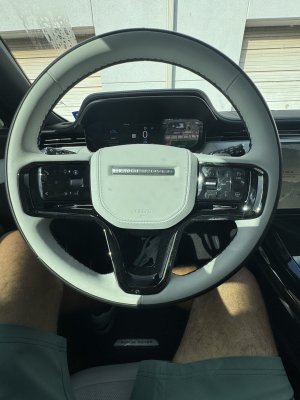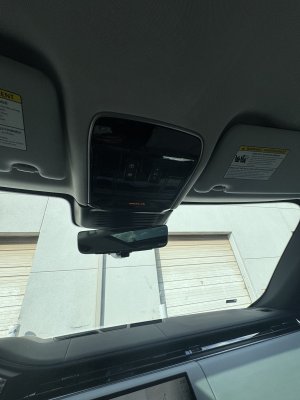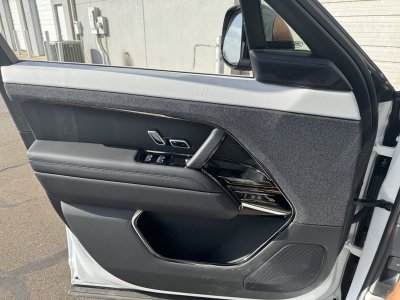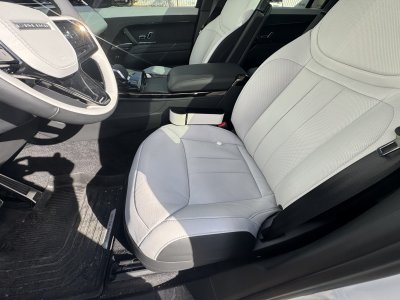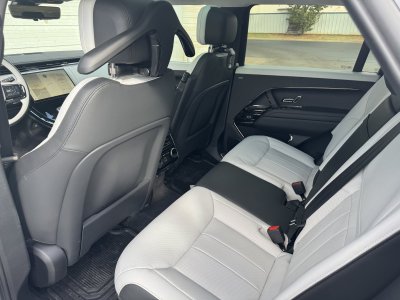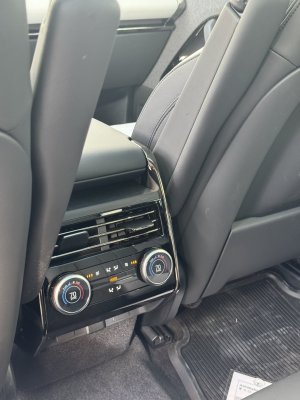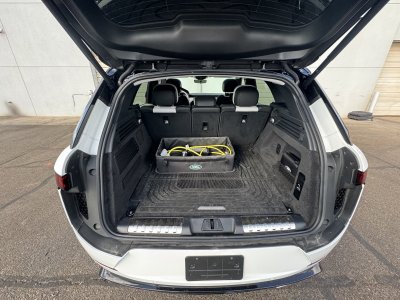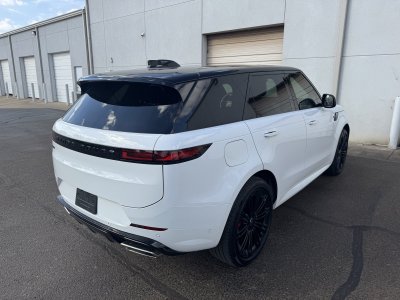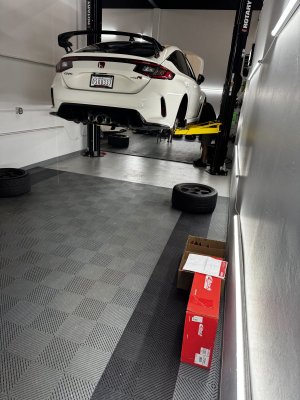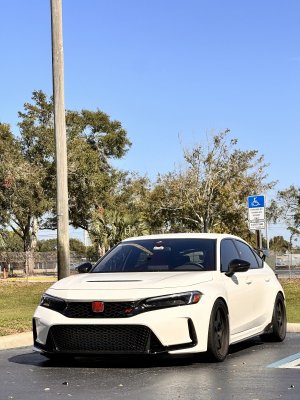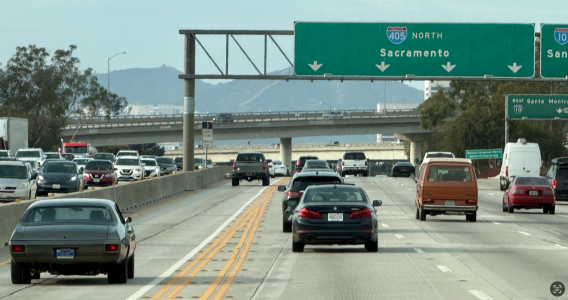The Physics Behind Stopping.
Physics doesn't discriminate between starting or stopping, but instead considers them both changes in kinetic energy. Thus, an object at a constant speed reacts the same as an object that is sitting still. That being said, the Standard Kinetic Friction Equation applies to stopping just as much as starting movement. In simple terms it says an object in contact with the ground will absorb the most kinetic energy right before movement, or sliding. This applies in the reverse as well: an car in motion will absorb the most kinetic energy right before the wheels lock up. With respect to modern vehicles, this equation states that the only way to make a car stop quicker is to either increase the coefficient of friction with the road, (e.g. upgraded tires) or decrease mass by lightening the vehicle. Note, both of these things have little to do with brakes.
Why Big Brakes Don't Reduce Stopping Distance.
As the physics lesson states, under braking, your car absorbs the most kinetic energy (movement) right before the tires lock up. This is true for both non-ABS cars and ones equipped with ABS. Abs shortens stopping distance by attempting to keep the brakes on the point of locking- where most kinetic energy is absorbed. Even though they have come a long way, even the most advanced ABS systems react by pulsing braking pressure resulting in a slide, roll, slide, roll pattern. In a perfect world, a perfect ABS system would perch the brakes at the cusp of sliding without ever actually locking up. Upgraded calipers and rotors in a big brake kit will result in more braking torque, the stopping force applied to the wheels. This will bring about wheel lockup or ABS intervention sooner than with the stock system. This should not be interpreted as a shorter stopping distance. In many instances the larger brakes confuse the stock ABS system which is not tuned to the different pressures required to engage and disengage the brakes.
What a Big Brake System Does to Improve Performance.
Big brake systems were not designed to stop your car sooner, but rather, stop it more efficiently and consistently. The larger calipers, vented discs, and exotic-compound pads increase heat capacity and heat dissipation. These upgraded braking systems not only perform well under extreme temperatures, but in most cases perform better when hot as opposed to average street driving temperatures. This is definitely something to consider when deciding on rotor and pad compounds. Because these brakes dissipate heat more effectively, they reduce brake fade. Brake fade occurs under high temperatures, can be caused by boiled brake fluid, and results in a soft pedal and elongated stopping distances. Big brake systems don't decrease your car's stopping distance over stock. Instead, they are designed to perform consistently under extreme conditions so that your car will stop just as well the first time as the N'th time.



 no shots thrown b
no shots thrown b




